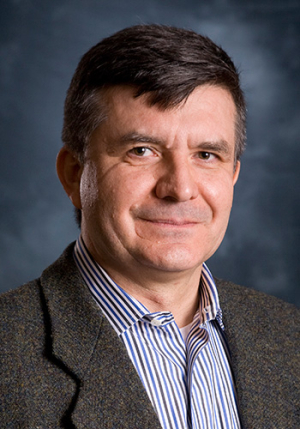Ahmet Omurtag, an expert in computational neuroscience with experience developing new clinical tools in an entrepreneurial setting, has joined the biomedical engineering department of the University of Houston Cullen College of Engineering.
Omurtag, now an associate professor in the department, earned his Ph.D. in mechanical engineering from Columbia University in 1997. As a postdoctoral associate at the Mt. Sinai School of Medicine, he worked on modeling vision and acquired expertise in computational neuroscience. After a stint performing quantitative analytics in New York City’s financial sector, in 2008 Omurtag joined Bio-Signal Group, a Brooklyn-based start-up.
Through a $3 million National Institutes of Health grant, at Bio-Signal he focused on developing a wireless EEG system robust enough to be used in non-traditional environments, particularly emergency rooms.
“EEG recording is an extremely sensitive operation,” he said. “The signal gets contaminated very easily and has to be amplified very highly. It can pick up noise from other sources, like a nearby radio station or an automobile engine. Neurologists don’t like having a lot of noise in their signals because they’re trying to make a diagnosis that could be life altering for the patient. So our focus was on creating a system that could produce a very clean signal in an area where the technology normally wouldn’t be used.”
The device, he said, won FDA approval last year. With the company now moving into a more commercial phase of the project, Omurtag decided to return to academia, where he could focus on more fundamental research. He will continue to conduct work on the device in partnership with Bio-Signal, he added.
Omurtag’s other research areas include combining EEG with other sensing/signaling/imaging technologies, including magnetic resonance imaging and functional near-infrared spectroscopy (fNIRS). Such combinations could offer the best of multiple technologies, such as fNIRS’ high spatial resolution combined with the millisecond-by-millisecond reporting offered by EEG. He also intends to create motion-sensing technologies for medical applications – a development that could be used to quantify the progress of physical therapy patients or monitor outpatients who are at high risk of falling, such as the elderly and infirm.
These and other research projects, Omurtag said, will be boosted by his move to the University of Houston.
“These are fields I plan to go into with my colleagues here. There is existing expertise in this department. And of course there’s the Texas Medical Center, which offers possibilities for collaborating on the medical side,” he said.
